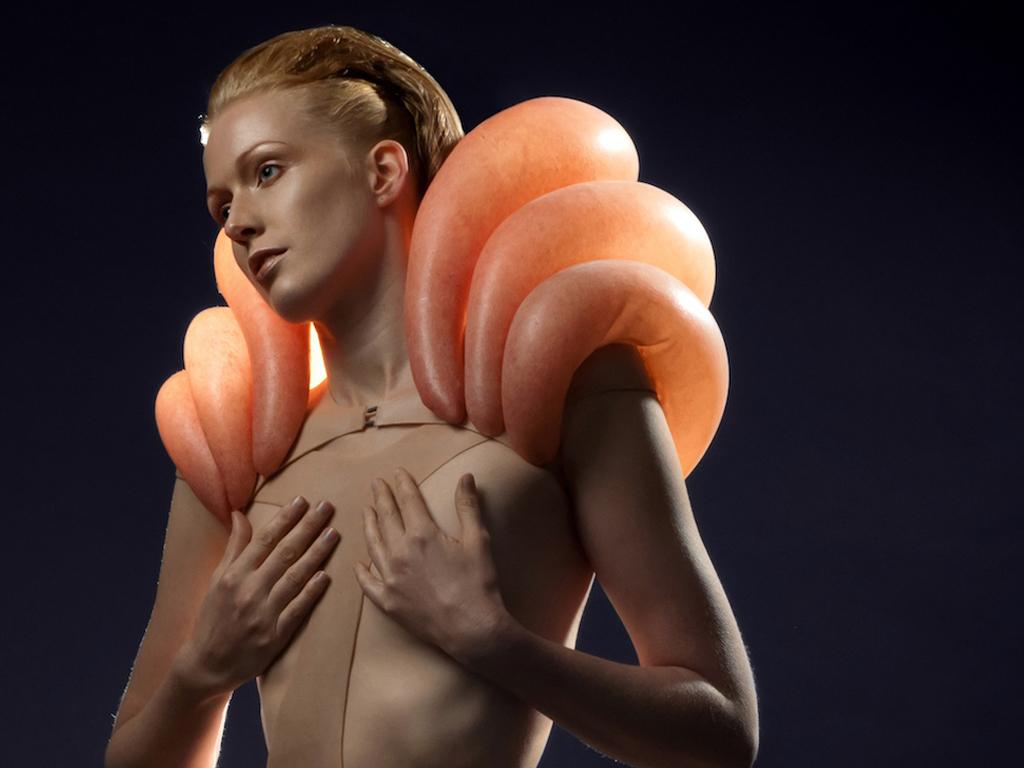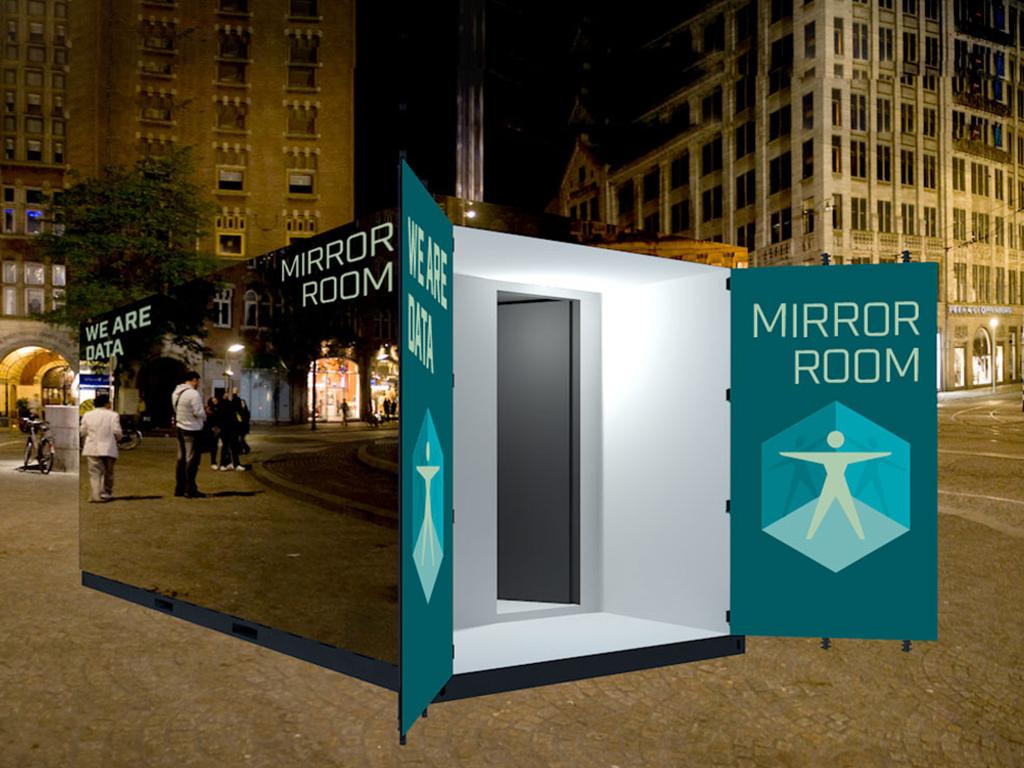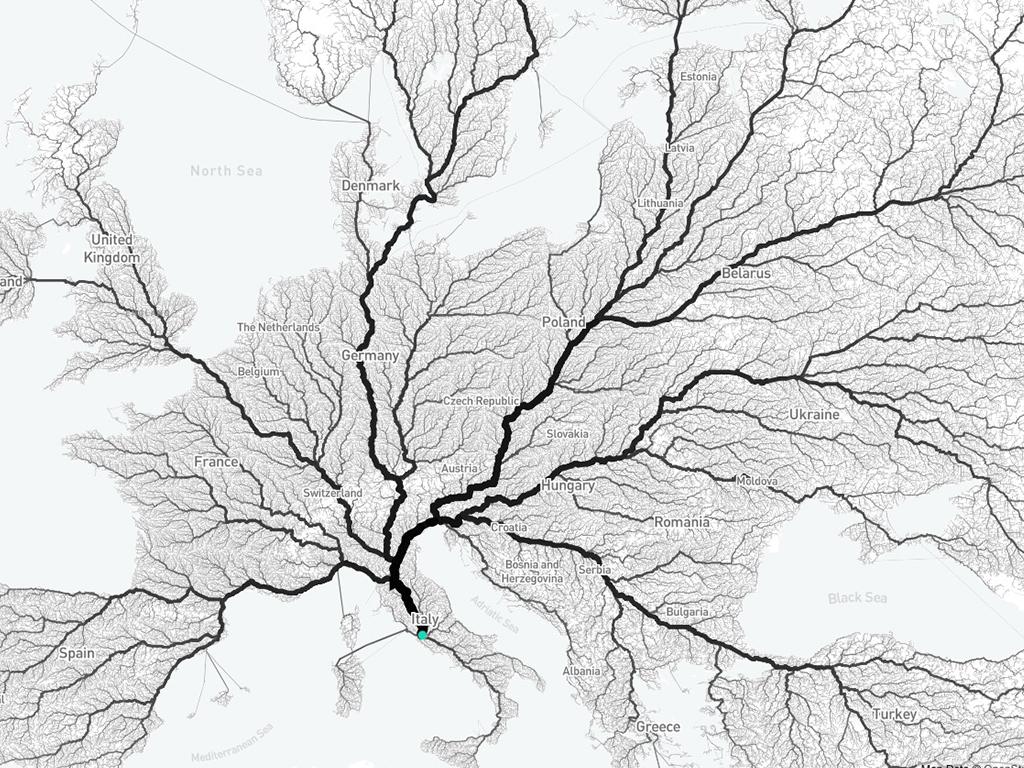A guest blog by Cira Pérez Barés
The human body, that fabulous sensing, feeling, moving artefact of nature. It’s such a seamless device that nearly no one notices it’s workings until they’re in bed with the flu. It’s the best user experience possible. Or perhaps not?
The body has been evolving and adapting itself for millions of years to get us here. It’s also a vehicle for our genes as they move on to the next generation — with as many enhancements as possible. Now finally time has caught up with the pace of its evolution. Digital technology is dwarfing the past attempts of enhancing the body as Life Sciences are making a leap into Life Digital Sciences.
Yet the paths to be followed in blending our natural body capabilities with new technology are all but clear. The social and economic consequences of how we confront this matter is crucial in our self-understanding as a species. We’re dealing with the very definition of what it means to be human today. And it’s happening at the breathtaking speed at which technology evolves and transforms itself. In this context: are we being deprived from the ability to fully understand the ethical challenges, the changes and the underlying causes and results of such changes?
A group of researchers theorists and artists from the Hack The Body program, led by Baltan Laboratories, working in the realms of these new developments gave us their point of view at the 9th edition of the 'Big, Open & Beautiful' talks.
From a social perspective we can categorise human-technology enhancements in groups that are —or aim to be— ubiquitous. Firstly there is technology “in us”, as chip implants, artificial bacteria or smart pills that defeat cancer. Technology “between us” is portrayed by social networks and on-line media. Devices tracking our body activity are technology “about us”. A fourth category is “like us” technology: humanoids, robots and increasingly more realistic role computer games that question what it means to be a human.
We were reminded that artificial changes to the human body are not new. Man-made interventions to enhance the body go back as far as the XVI century, if not before. Sceptics ask themselves if the cyborg-like humans will be better than normal human beings. The answer largely depends on what we decide to understand by better. To some, symbiosis is the inevitable answer if mass adoption overrides many of the outspoken concerns.
But this answer is not the end of the story for others. We are at the turning point where these questions are in the public debate. The use of devices that tackle a specific problem or a medical need — such as cochlear implants in deaf people — is fully accepted today. However, providing people with bionic ears to be able to perceive electronic waves beyond normal human capabilities would trigger serious ethical doubts.
Should we embrace technology for the modification of ourselves without limitations or are there boundaries we should not cross? Who gets access to this blending and who doesn’t? Who has de power to control this access? Will we shift from the social class society powered by the industrial revolution to the technology class society enabled by the digital revolution? If so, are there ways to prevent the downsides of this transformation?
Becoming more aware of the increasing amounts of data and their economical purposes is key to these questions. In the current information age humans are perceived as data traces used by “ever more sophisticated bio-political regimes of capitalism” —as we are reminded by Chris Salter. “Continual quantification, modulation and transformation of the self is the perfect mould for our neo-liberal lives — a mould which seeks to render every action and thought into acts of competition, ranking and revenue”. The Market is modulating the self and economical principles are being extended to all of our existence. Salter states that we are talking about politics when we talk about technology. In his view there is no technology without political consequences.
Unawareness of the data surrounding us is evident. Even the subtle sounds of our body actions can be turned indo data, read, interpreted and rewritten as repurposed output, bringing our intimacy to an utilitarian level. Marco Donnarumma’s work on corporeality and physiological computing for art sound performance is doing just that by creating tools to understand gesture expressivity through muscle sensing. Corporeality has a cultural and a political value. “The human body is a vector of innovation”. He gives examples such as the supersonic jets that are used in war strategies to frighten the enemies by exposing them to the sound frequencies produced by breaking the sound barrier.
Artists Karen Lancel and Hermen Maat work at artistic social labs on how humans experience and perceive technology. In their artistic installation E.E.G. Kiss, couples are invited to kiss each other on stage wearing a headset device to measure their brain signals. These kisses are transformed into data by turning basic brain waves into sound. The result is a shared portrait of their intimacy.
What does all this mean to the current generation who is growing with technology? Their way of living and communicating is transforming their physical and emotional behaviour with different results. Communicating in a “safe way” — through social media and emoticons — has become so much the norm that dealing with a simple phone call with real-time interaction and spontaneous behaviour can generate feelings of anxiety. This example is indicative of loosing emotional human capacities through technology.
The discussion and thoughts around this subject get us closer to where we stand in relation to technology and the evolution of our body, our life experiences and our defining principles as a species. At the same time it raises challenges regarding new developments in this ever-changing world.
We wish to thank all the participants in this talk: Ira van Keulen, Jan van Erp, Chris Salter, Marco Donarumma, Karen Lancel and Hermen Maat.


